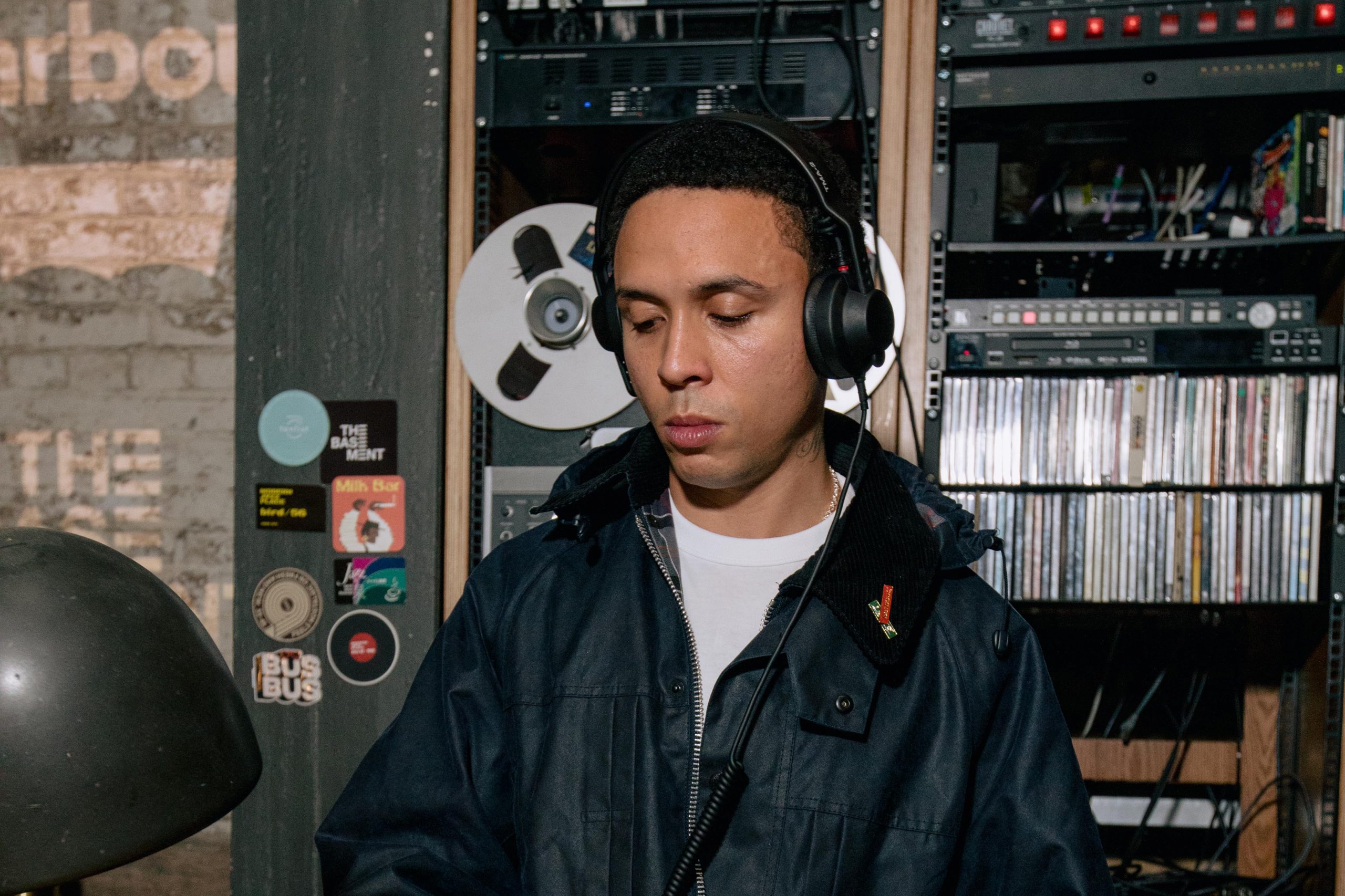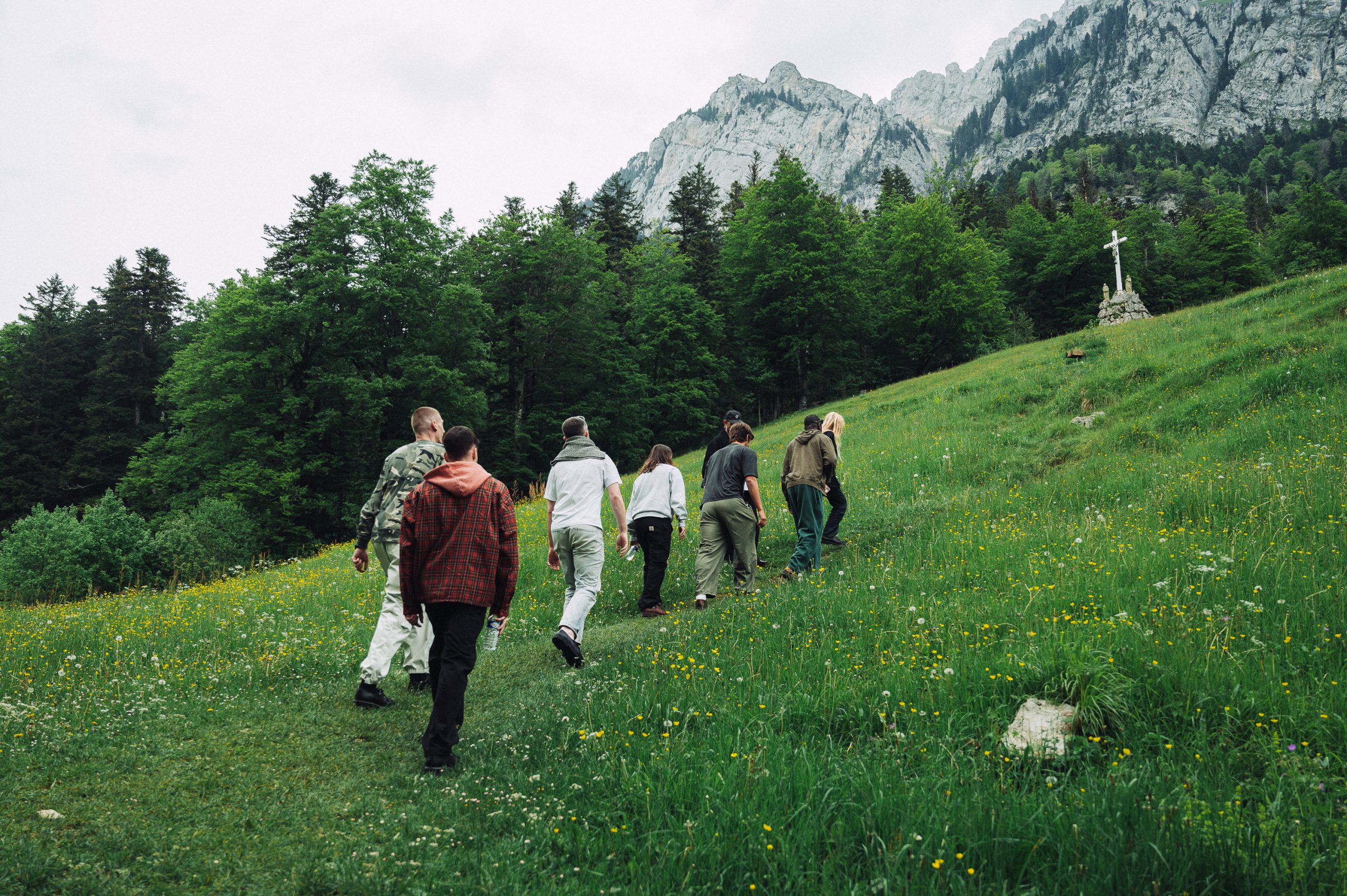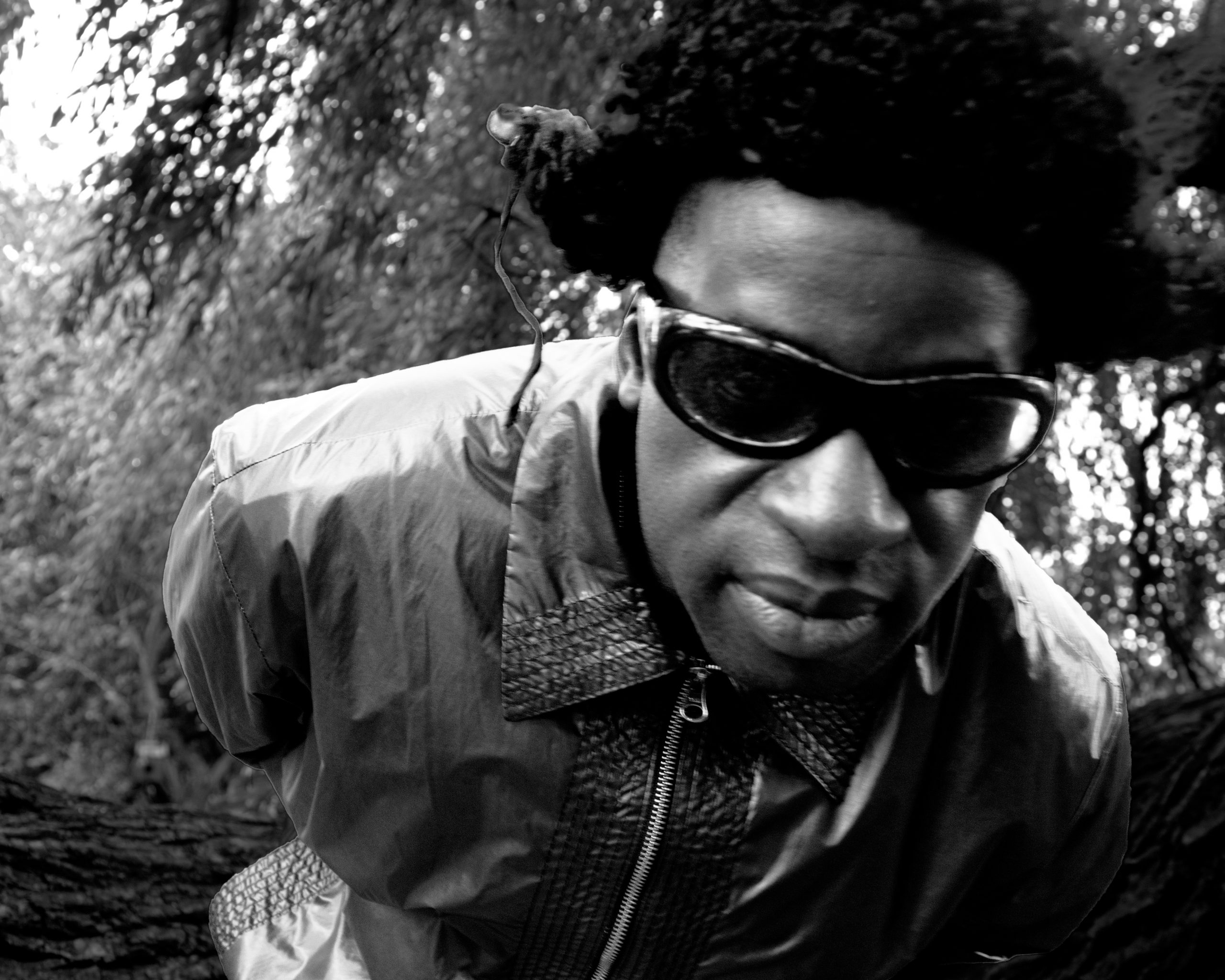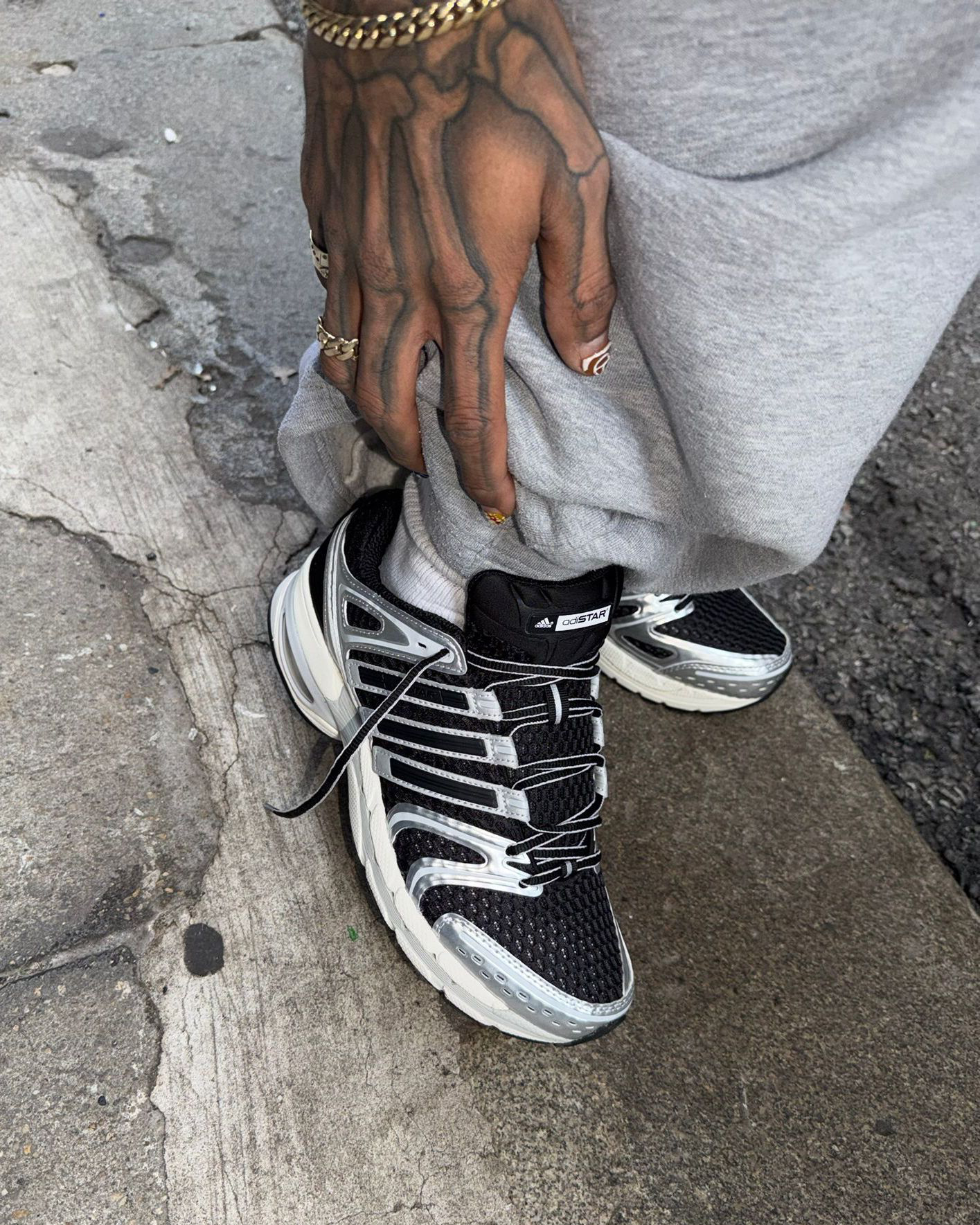Masks have long been deployed by rappers as a key part of their identity. From MF Doom to M Huncho, we explore just how transformational a mask can be for an MC.
Just last month, as M Huncho prepared for the release of his debut album, ‘Chasing Euphoria’, the elusive barsman burned his iconic mask. He then unveiled a new one – designed by skater and PALACE affiliate Lucien Clarke – in a glass cabinet outside the O2 Academy Brixton. The motive? A nod to the start of a whole new chapter, launched by the birth of a brand new mask. Among all the noise, a line of questioning emerges: what’s the relationship between masks and music?
BRIXTON TONIGHT🔥 pic.twitter.com/YqPgqOrWK9
— CHASING EUPHORIA 20/05 (@mhuncho) March 22, 2022
Let’s face it: we’ve long-since lauded the faceless MCs. From MF DOOM to Leikeli47, SL and just about anyone doing up the UK Drill scene, bars from behind masks command attention and hold great weight. In this business, covering your face is more than just a stylistic quirk – it can be enough to protect your very life as you know it. The police’s public scapegoating of Drill resulted in real sentences for Skengdo and AM in 2019, all for playing one of their songs – at one of their gigs – in front of their fans. And, as is well documented, that same police pressure was enough to turn 67’s Scribz into the LD we know today, who emerged reincarnated behind a mask.
But aside from instances where masks become a necessity, there are many who use face coverings to amplify their artistic outputs. As Leikeli47 – the balaclava-clad Brooklyn artist signed to RCA Records – said to Vibe Magazine, “I feel like the Dark Knight, or one of those superheroes, or Superman… the mask, it represents freedom. I’m free with it on.” Rather than just a visual prop, Leikeli47’s use of her face covering seems more akin to a metamorphosis. If you flick to ‘metamorphosis’ in the dictionary, you’ll find the following written:
Metamorphosis [ met-uh-mawr-fuh-sis ] | Noun
A complete change of form, structure, or substance, as transformation by magic or witchcraft.
Ordained by the dictionary, our hunch is confirmed: Leikeli47 uses a mask to morph into a different entity on the mic. But just how transformational can a mask be?


It would be remiss for any such article worth its weight in bandwidth to ignore the impact of MF DOOM. Following a five-year hiatus after the passing of his brother, DJ Subroc, and termination of his label contract, Daniel Dumile made his return to the mic in the late 90s to become your favourite rapper’s favourite rapper. After originally making a name for himself as Zev Love X with his face on show, he was reborn as MF DOOM, initially wearing tights – and eventually a mask – to conceal his facial features.
While the graduation from nylon pantyhoes to purpose-made metal had its aesthetic benefits, the intention of the metamorphosis was twofold. Yes, it offered privacy and protection from a cutthroat industry that had left him hurting. But more importantly, it allowed him to embody the character of a supervillain, penning his twists and turns on a quest for world domination. Thus, the mask created a delineation between Daniel Dumile and MF DOOM, bringing boundless creative license in the process.
And DOOM really did supervillain things. A quick sweep of Reddit attests to the fact that he became known for selecting other rappers to perform as him at his own shows, adding yet more mystery to his aura. From an audience’s perspective, the mask left you wanting to know more: Who was DOOM? Was that actually him on stage? Was he just one guy, or was he a concept? While the questions remained unanswered, he was always there to collect his loot like a true supervillain: “Head on straight, mask on crooked / Exit stage left with the cash, gone took it.” (The Mask, 2005).
If DOOM’s the mask-wearer’s flagbearer, it’s important to note that the trend’s felt transatlantically. While Drill linchpins like LD and V9 opt for face coverings, CASisDEAD arguably embodies the most leftfield mic metamorphosis in the UK scene today. Away from the stage, his true identity is known by very few. But beneath the spotlight, he’s a gravel-voiced, silicone-masked mystery who merges slick 80’s beats with candid tales of the torment he’s lived through.


While much of his back catalogue may not be for the faint of heart, CASisDEAD fans appreciate the unique approach he takes to making music. While many rappers are quick to share their success stories, CAS is the very best kind of oversharer. And it’s hard to imagine him divulging so much without the mask. Whether it’s the toxic love affair in ‘Boys Will Be Boys’, the substance-fuelled depression in ‘Drugs’, or rejection at the hands of an escort he’s caught feelings for in ‘Pat Earrings’, he feeds off his silicone faces to morph into a character that embodies romance, necrophilia and everything in-between.
When iD magazine asked CASisDEAD how long he’d been masking up in 2014, he replied “I can’t really remember. It’s like the film The Mask with Jim Carey; it just happened one day and took over me.” Just like MF DOOM, CAS’ mask is a master play that allows his art to exist in its purest form. And like DOOM again, when he does talk publicly, he forces his audience to feed off scraps. Minimal appearances. Minimal words. Just music.
While Leikeli47, MF DOOM and CASisDEAD are all case studies of how to finesse the faceless career, social media means that anonymity always hangs precariously. In today’s culture of quick clicks and instant answers, fans are always waiting eagerly for masked artists to slip up and reveal their real faces. Quickly, the situation becomes a trial by Twitter.

Amid the hype around M Huncho’s album launch, it’s easy to forget the events of last year. In January 2021, an alleged video showing him unmasked in the studio set social media alight. The conversation that followed saw many focus on the rapper’s identity – specifically his ethnicity – as others trolled him for having his face leaked. While he’s always maintained that he wears a mask to protect his private life, Twitter users questioned whether it was also a tool to blanket nefarious claims in authenticity. Whichever way you see it, this week’s Lucien Clarke-co-signed stunt outside the O2 Academy Brixton underlines the power of his mask.
Just by scratching the surface, it becomes clear that musical personae built by masks are some of the best that we’ve been blessed with. More than just an accessory, a mask is an opportunity for metamorphosis. It’s an aesthetic code, a leveller of culture capital, a lifestyle choice and an instant authenticator all at once. Armed with one, an artist can add power to their stage presence, make themselves more universally relatable, and explore avenues that, otherwise, might feel out of bounds.
While we may be sick of wearing them, it’s high time to celebrate what masks have done for the culture.
Graphics
Adam Bartlett

What Went Down: The Basement Presents Barbour x Levi’s® Launch Party
- Community
- Photo Series
- 4 minute read





